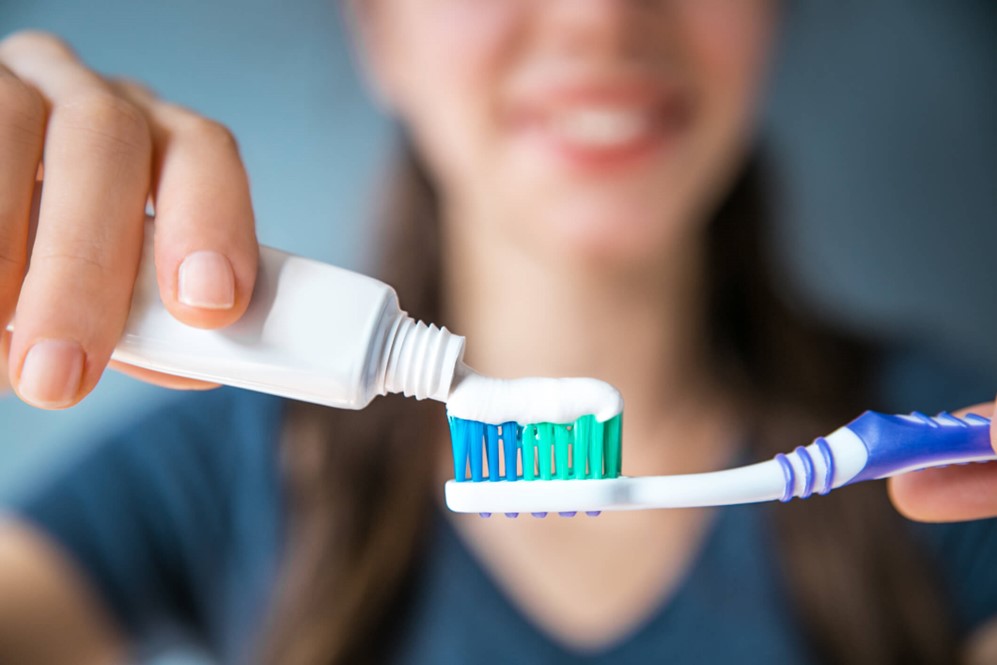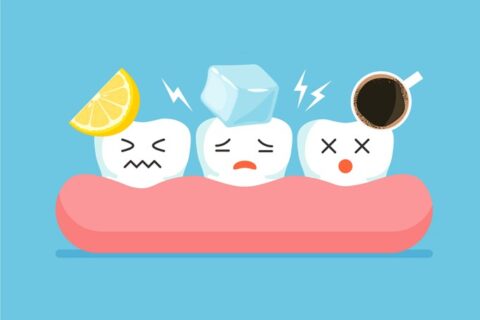How to Choose the Right Toothpaste
Brushing your teeth might be a good way to freshen your breath, but more importantly, it’s an effective defense against decay, sensitivity, and staining. Whether you’re on the lookout for a better-tasting product or want to target specific concerns, the right toothpaste sets the tone for your entire oral care routine. Check out this best toothpaste guide to help you make sense of your options.
Reviewing the Basics
Toothpaste is a combination of active and inactive ingredients designed to clean teeth, support gum health, and provide long-term protection. Here’s a breakdown of some common ingredients:
- Abrasive agents: Most toothpastes include abrasives to scrub away plaque and surface stains. A toothpaste with a relative dentin abrasivity (RDA) score below 250 is considered safe for daily use. However, people with eroded enamel or receding gums may prefer even gentler options.
- Flavoring: Flavoring affects how much you enjoy your toothpaste. While most people prefer mint, other flavors include cinnamon, fruit, and bubblegum.
- Detergents: Sodium lauryl sulfate creates foam, helping the paste spread across your teeth. However, detergents can dry out or irritate the mouth, worsening conditions like canker sores.
- Humectants, thickeners, and binders: Humectants keep the paste moist, thickeners maintain proper toothpaste texture, and binders stabilize the formula.
- Actives: The most impactful components are active ingredients like fluoride, potassium nitrate, and pyrophosphates, which offer measurable protection against cavities, tartar, and sensitivity.
Fluoride Toothpaste
Among all oral hygiene products, fluoride toothpaste is the most important for long-term dental health. Fluoride remineralizes enamel, making it more resistant to acid erosion caused by foods and drinks. It also slows tooth decay to help prevent cavities.
Toothpaste containing sodium fluoride supports cavity prevention and improves gum health. Stannous fluoride has additional antibacterial properties that reduce gingivitis while easing mild tooth sensitivity.
Select a toothpaste with 1,000 to 1,500 parts per million (ppm) of fluoride for effective protection without overwhelming the enamel. Lower-fluoride options are suitable for young children who may swallow their toothpaste.
Tartar Control Toothpaste
Plaque hardens into tartar (calculus) when it isn’t removed promptly. Once that happens, only a professional cleaning can eliminate it. Tartar-control toothpaste doesn’t dissolve hardened tartar, but it helps prevent buildup before it starts.
If you’re prone to tartar stains, look for formulations with pyrophosphates or zinc compounds. These ingredients interrupt the mineralization process that hardens plaque. Some products combine these agents with fluoride to provide comprehensive protection against tartar and decay.
Toothpaste for Sensitive Teeth
Tooth sensitivity occurs when enamel thins or gums recede, exposing tiny channels in the dentin that lead to the nerve. If brushing, sipping hot coffee, or breathing cold air causes a sharp sensation, consider switching to a toothpaste designed for sensitive teeth.
Desensitizing toothpastes use compounds like potassium nitrate, arginine, or calcium phosphosilicate to block nerve pathways. Some products offer relief after just a few days, while others work more gradually. If you decide to try desensitizing toothpaste, use it exclusively for a few weeks to gauge its effectiveness. Once your symptoms improve, continue using it part-time to maintain the benefits.
Whitening Products
Whitening toothpastes don’t change the natural color of your enamel. Instead, they remove surface stains caused by coffee, tea, red wine, and similar culprits. Whitening formulas rely on mild abrasives, such as silica, or polishing agents, like blue covarine, to improve brightness over time. Some include low concentrations of hydrogen peroxide, which slightly lighten the color with regular use.
If you have sensitive teeth, it’s a good idea to alternate between whitening toothpaste and desensitizing toothpaste to minimize discomfort and prevent increased enamel wear. If surface stains persist despite brushing with a whitening toothpaste for several weeks, professional in-office whitening may be a better option.
Tips for Choosing the Right Toothpaste for You
Everyone’s smile is different, so it’s important to choose a toothpaste that suits your situation. Here’s how:
- Focus on your primary concern, whether it’s cavities, tartar, sensitivity, or stains.
- Check the fluoride content. Unless your dentist instructs you otherwise, a fluoride-based toothpaste is best.
- Look for American Dental Association (ADA) approval to ensure the product meets standards for safety and effectiveness.
- Consider a low-abrasive option if you deal with enamel erosion or gum recession.
- Consider how texture, flavor, and foaming action could impact your brushing experience.
- Ask your dentist for advice to help you finalize your decision.
Visit S&C Dental in Scottsdale
Choosing the right toothpaste is one part of a larger approach to Scottsdale dental hygiene. Support consistent home care with regular visits to S&C Dental. We provide full-service care, including cosmetic, emergency, and family dentistry, all under one roof. Our dentists are known for their gentle, thoughtful approach and have treated thousands of patients in their combined decades of experience. Contact us today to schedule an appointment and discover how the right care and products can improve your smile.



